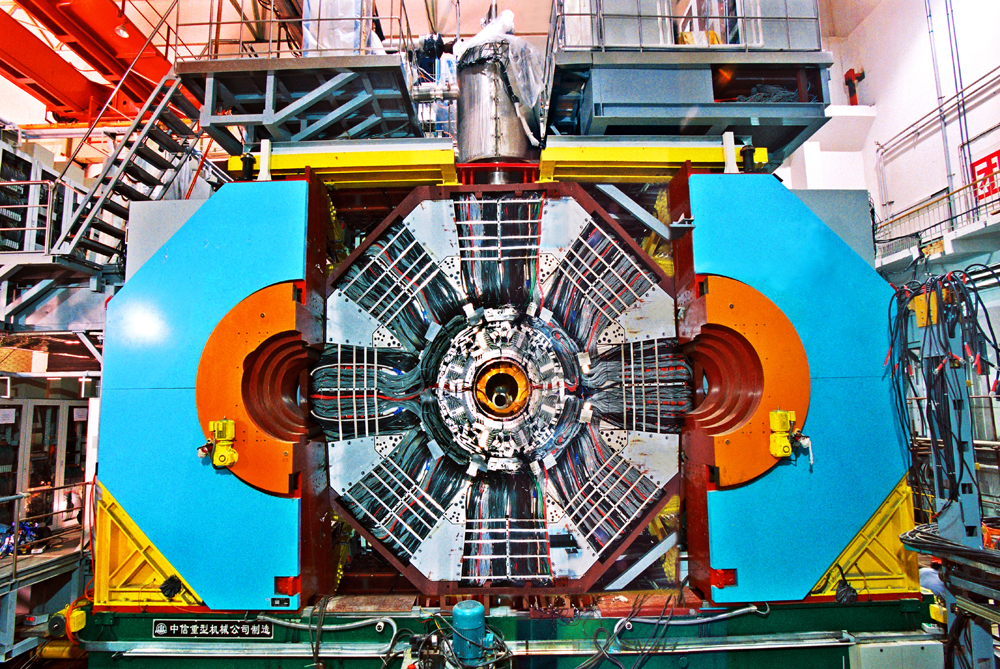-
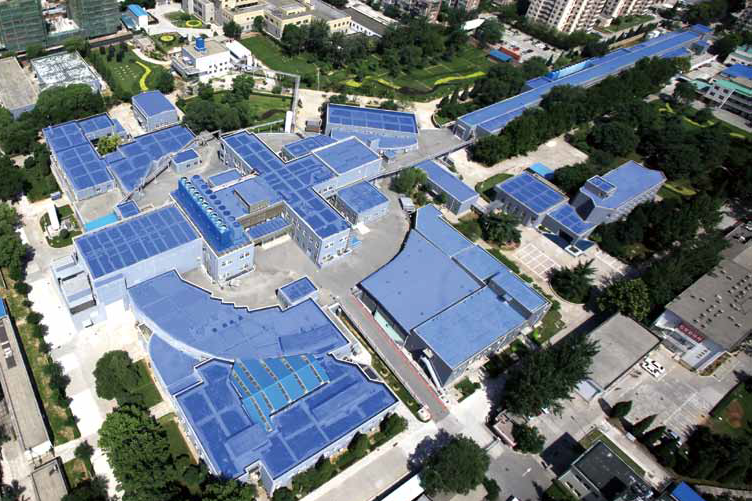
-
BEPC & BEPCII
The Beijing Electron Positron Collider II (BEPCII) is a two-ring e+e- collider running in the tau-charm energy region (Ecm = 2.0-4.2 GeV), with a design luminosity of 1 × 1033 cm-2s-1 at a beam energy of 1.89 GeV. It consists of an injector, storage ring and transportation line, and hosts the Beijing Spectrometer III (BESIII) experiment and the Beijing Synchrotron Radiation Facility (BSRF).
-

-
Beijing Spectrometer
The Beijing Spectrometer III (BES III) is a general-purpose detector consisting of a helium-based, small-celled drift chamber, time-of-flight (TOF) counters for particle identification, a calorimeter of thallium-doped caesium iodide CsI(Tl) crystals, a super-conducting solenoidal magnet with a field of 1 T, and a muon identifier that uses the magnet yoke interleaved with resistive plate counters (RPCs). It runs at the Beijing Electron Positron Collider II (BEPCII).
-
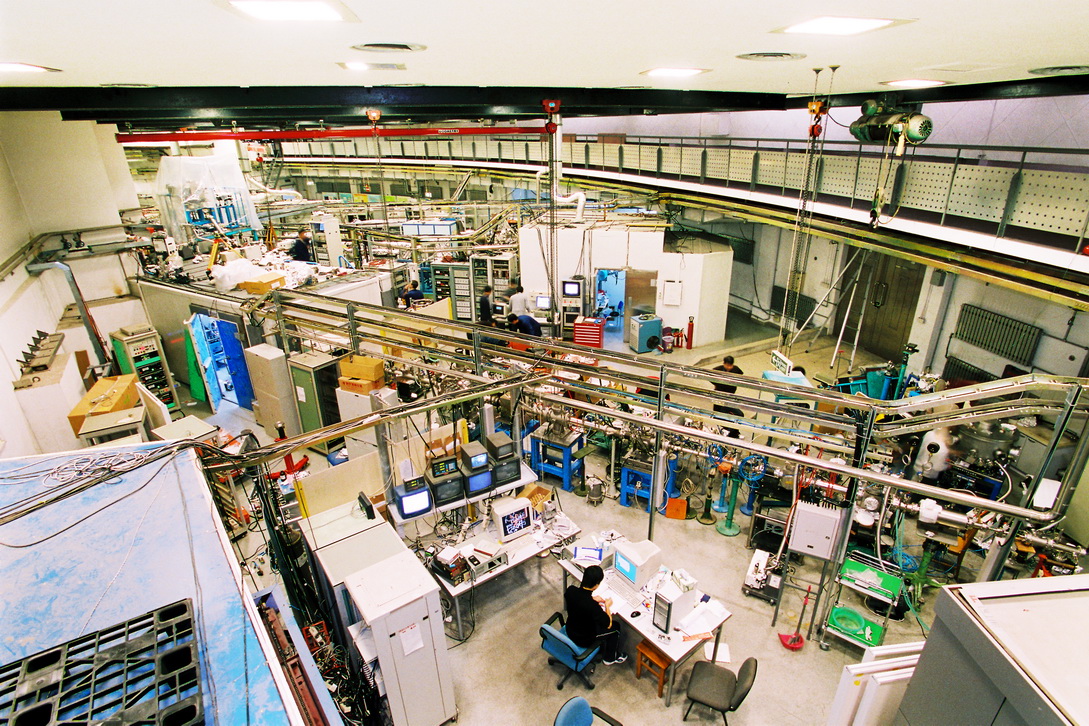
-
Beijing Synchrotron Radiation Facility
As part of Beijing Electron Positron Collider (BEPC) project, the Beijing Synchrotron Radiation Facility (BSRF) was constructed almost in parallel with BEPC and has been open to users since 1991. After the upgrade to BEPCII, BSRF has run at 2.5 GeV full-energy injection and 250 mA beam current in the accelerator’s dedicated synchrotron radiation mode.
-

-
High Energy Photon Source (HEPS) ---to be open to users soon
High Energy Photon Source (HEPS), one of the key projects listed in the “13th Five-year Plan for national major scientific and technological infrastructure”, is an important platform for supporting the original and innovative research in the fields of basic science and engineering science. HEPS is a high-performance and high-energy synchrotron radiation light source with a beam energy of 6GeV and an ultra-low emittance of better than 0.06nm·rad. HEPS is mainly...
-

-
Large High Altitude Air Shower Observatory
LHAASO will comprise an array of 5,195 electromagnetic detectors (EDs); an array of 1,171 muon detectors (MDs); a Water Cherenkov Detector Array (WCDA) spanning three ponds with a total active area of 7.8 hectares; and an array of 12 wide-field Cherenkov telescopes (WFCTA), distributed in an open space of 1.3 square kilometers. LHAASO is expected to achieve a gamma ray sky-surveying sensitivity of 1% crab (the gamma intensity of the standard candle) above 50...
-

-
China Spallation Neutron Source
The China Spallation Neutron Source (CSNS) is a new facility under construction at IHEP’s Dongguan campus, due to start running in 2018. Consisting of an H- linac and a proton rapid cycling synchrotron, it is designed to accelerate proton beam pulses to 1.6 GeV kinetic energy at 25 Hz repetition rate, striking a solid metal target to produce spallation neutrons. The accelerator is designed to deliver a beam power of 100 kW, with the capability of upgrading to 50...
-
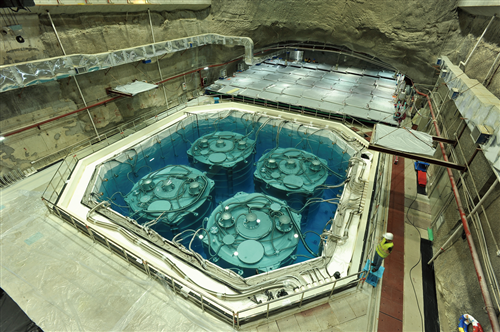
-
Daya Bay Reactor Neutrino Experiment
The Daya Bay Neutrino Experiment is a neutrino-oscillation experiment designed to measure the mixing angle theta13 using anti-neutrinos produced by the reactors of the Daya Bay Nuclear Power Plant (NPP) and the Ling Ao NPP. The goal of the Daya Bay experiment is a measurement of sin22θ13 to 0.01 or better.
-
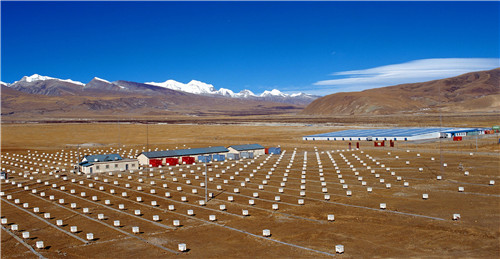
-
Yangbajing Cosmic Ray Observatory
YBJ International Cosmic Ray Observatory is located in Tibet, about 90 km away from Lhasa. It hosts the Tibet ASγ Experiment (Sino-Japanese Cooperation) and the ARGO -YBJ Project (Sino-Italian Cooperation), both of which study the origin of high energy cosmic rays, high energy GRB physics, and other topics in cosmic ray physics, using air shower arrays. A neutron monitor and neutron telescope are also available for solar and heliosphere studies.
-
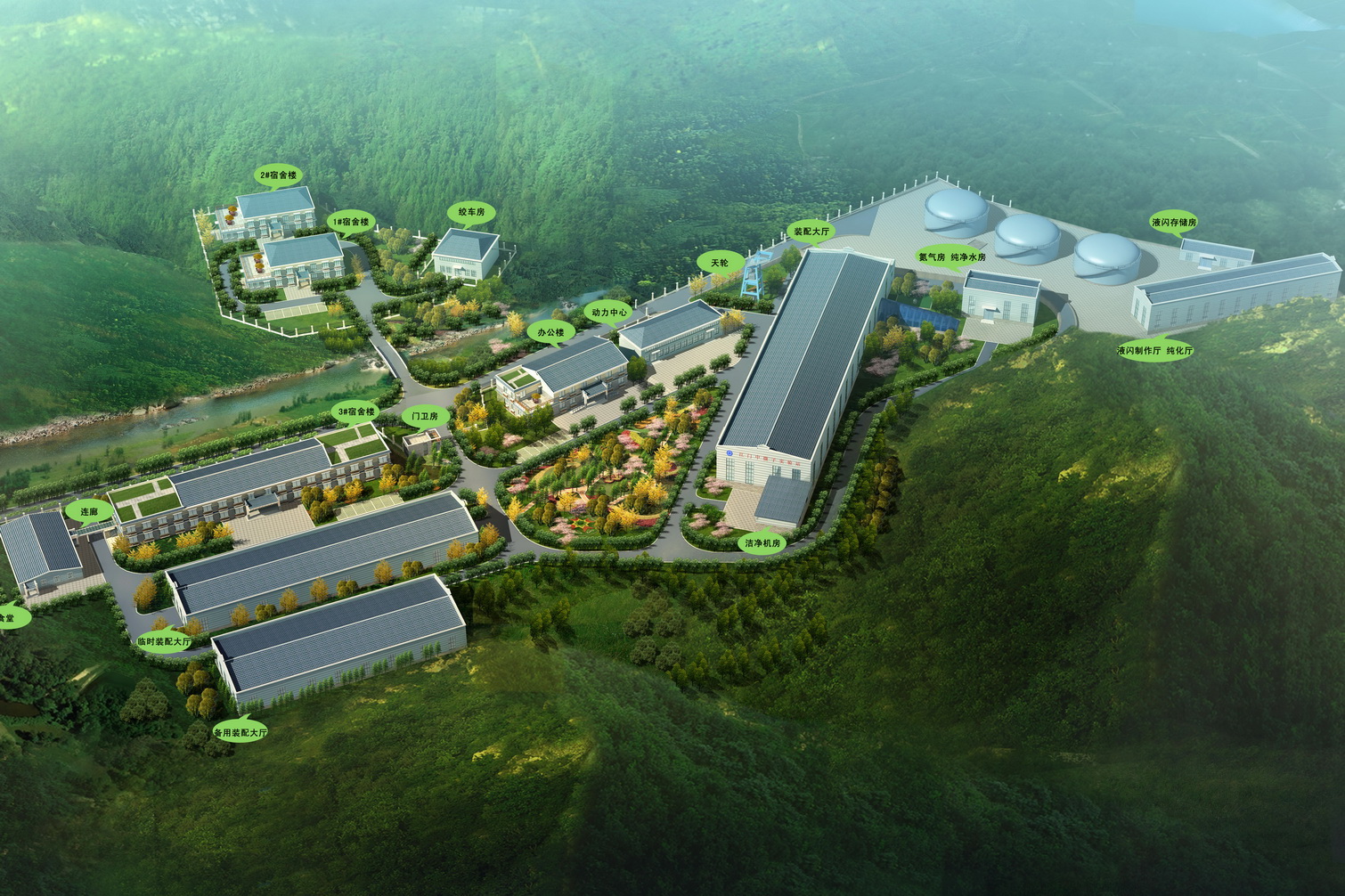
-
Jiangmen Underground Neutrino Observatory
The Jiangmen Underground Neutrino Observatory (JUNO) is a multipurpose neutrino experiment, currently under construction. It is designed to determine the neutrino mass hierarchy and precisely measure the oscillation parameters, by detecting reactor neutrinos from nearby nuclear power plants. It will also be able to observe supernova neutrinos, study atmospheric, solar and geo-neutrinos, and perform exotic searches, with a 20-thousand-ton liquid scintillator detec...
